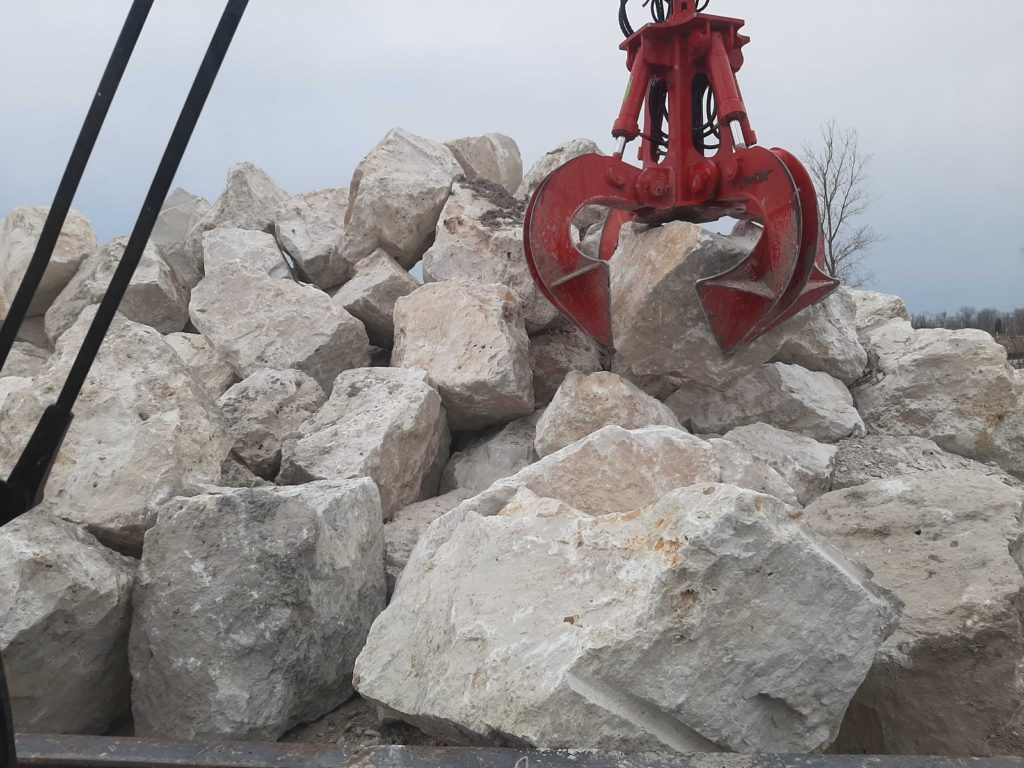Seawalls have been around for centuries, but the way they are currently built is relatively recent. The earliest seawalls were built of rocks and other natural materials.
Over time, however, seawalls have evolved to use different materials and technologies. Today, most seawalls are built using concrete or steel reinforced with rocks.
Seawalls are a fundamental element of coastal protection and are necessary to protect people, property and the environment from the impact of waves and storms. There are many different types of seawalls, each with its own unique purpose and design.
Rock revetments are an effective way to protect a seawall from waves, erosion, and flooding. There are many different types of rock revetments, so it’s important to pick the right rock revetment installation company.
How to Build a Rock Revetment
Rock revetments are an effective way to protect your beachfront from erosion. By creating a series of stacked rocks, you can create a natural barrier that can hold back the waves for long periods of time. Here’s how to build one:
1. Find a location where you want to install your rock revetment. You’ll need to find a spot where the waves will hit the rocks and not run into the shoreline.
2. Clear the area of any debris or obstructions. This will make it easier for you to work with the rocks.
3. Collect a few large rocks of varying shapes and sizes. Try to choose stones that are at least 2 feet wide and 4 feet long.
4. Place the rocks in a staggered formation along the shoreline. Make sure that they’re positioned so that they form a continuous wall.
5. Use sandbags or other weights to hold down the rocks until they harden (usually within a few weeks).
What is Rock Revetment?
Rock revetment is a type of protective barrier used to stabilize and strengthen cliffs, slopes, and other rock formations. The installation of rock revetment can help to protect natural resources, decrease erosion, and improve safety for people visiting these areas.
Rock Revetment Material Options. The most common types of rock revetment materials are concrete, stone or rock blocks, and boulders. All of these can be painted to match the colour of the rock formation.
Physical Health Benefits of Rock Revetments
Rock revetments are a physical health benefit of seawalls. The physical health benefits of rock revetments include reducing erosion, preventing coastal flooding and protecting the coast from destructive waves.
Erosion is the natural process by which land is worn away by flowing water, wind or other forces. It can cause flooding when mud, sand, rocks and other material carried by the flow deposits along the base of a dyke or embankment, undermining its strength and eventually causing it to give way.
A seawall is a barrier constructed along a coast to protect against coastal flooding. A rock wall will prevent waves from breaking on the shoreline and also help to keep sediment out of the water. This can reduce turbidity levels, which can impair marine life and contribute to poor fisheries catches.
Do You Need Rock Revetment?
When building a house or renovating an older home, one of the first steps is to determine what type of foundation system you will install.
There are many different types of foundations, including concrete, stone, steel, plastic and stone. Your choice depends on what you want for your property and your budget.
Different Types of Rock and Durability
Rock revetment installation is a necessary part of any home improvement project, as the rock provides a sturdy foundation for the walls and roof.
Choosing the right type of rock can make or break a project, so it’s important to understand the different types and their properties. Here are four types of rocks and their purposes:
1. Granite – The most popular type of rock for residential revetment, granite is strong and durable, making it a good choice for high-traffic areas. It also has a smooth surface, making it easy to seal and paint.
2. Quartzite – Similar to granite, quartzite is strong and durable, but less popular due to its price tag. Its rough surface can be difficult to seal and paint, but it’s still a popular choice for residential revetment due to its low maintenance requirements.
3. Sandstone – Similar in strength to granite and quartzite, sandstone is less expensive than either option and can be used in areas where granite or quartzite is too expensive or not available.
Its porous nature means it must be sealed before painting or other modifications, but it’s still a popular choice for residential revetment due to its low
How to Select a Contractor for Rock Revetment Installation Work
When it comes to rock re-vegetation, a contractor is essential. There are many factors to consider when choosing the right contractor for your project, and this article will help you identify some of the key considerations.
- The type of soil and bedrock in your area
- Your budget
- The experience of the contractor
- The quality of workmanship
- Accurate estimations
- Independently verified bids.
Rock Revetment Installation: 2 Methods of Installation. Using the right method of installation is key to successful rerouting and thus, prevents costly mistakes.
Rock revetment installation can be a great way to protect your property from erosion and other natural disasters. If you are in need of rock revetment installation, please don’t hesitate to contact our team at Rock Revetment Installation for a consultation.















